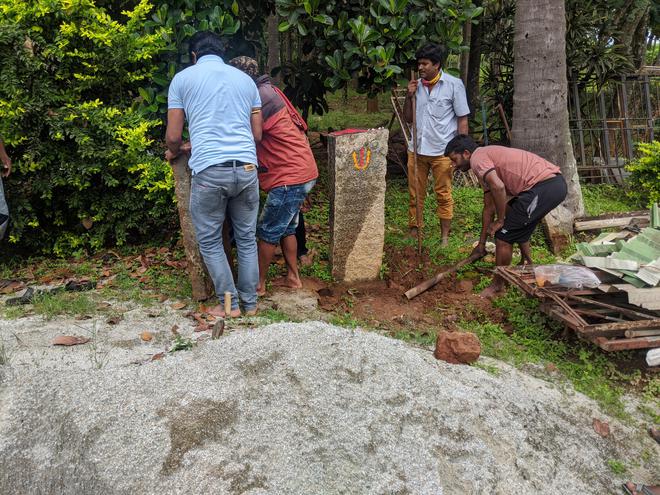
Hebbal
An undocumented 750 C.E. stone inscription, now the oldest recorded stone inscription in Bengaluru, along with two other documented stone inscriptions, were on the verge of being lost when a team from The Mythic Society found them. The inscription standing in a drain along the road was being covered using stone aggregates when the team arrived in the nick of time. After much persuasion and local population being taken into confidence, the three inscriptions were removed and placed in an 8 th century C.E. Ganga-styled Mantap that was built through crowdfunding.
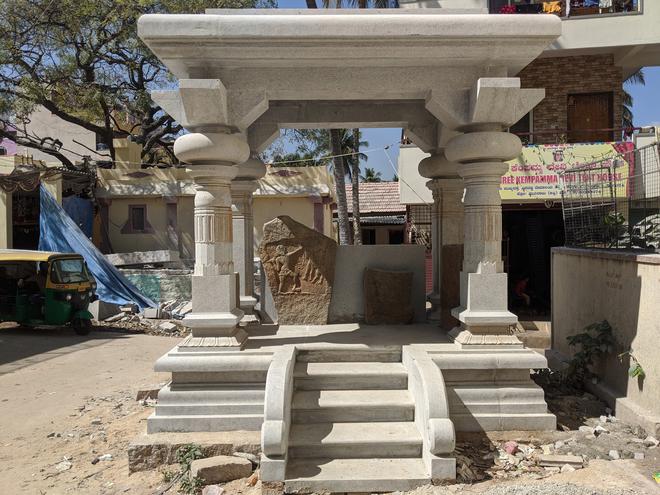
Kodigehalli
A documented inscription of 1431 C.E. was standing precariously at the edge of a busy road in Kodigehalli and was on the verge of destruction. A vehicle had even brushed past the stone, which was in front of a vacant site. The inscription referred to a donation to the temple during the time of solar eclipse. It was shifted to the nearby Kote Anjaneya Temple where it is now mounted on a wall. Locals took interest and have even made a glass case for the inscription.
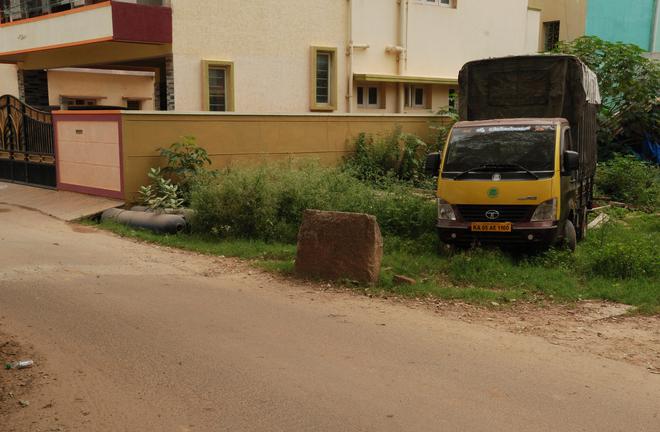

Agrahara, Jakkur
A 1350 C.E. stone inscription met a much feared fate when a tractor rammed into the slab breaking it into two pieces at Agrahara, Jakkur. While the inscription on one side was documented, the other side had remained undocumented, and they together referred to donation of land to create an agrahara. In early 2022, epigraphy enthusiasts here had a consolation when a conservation team from Mumbai used steel joints and bolts over three days to join the broken parts in a very delicate procedure. With the local citizens’ help, the restored stone is now on a platform in nearby Venugopalaswamy temple.
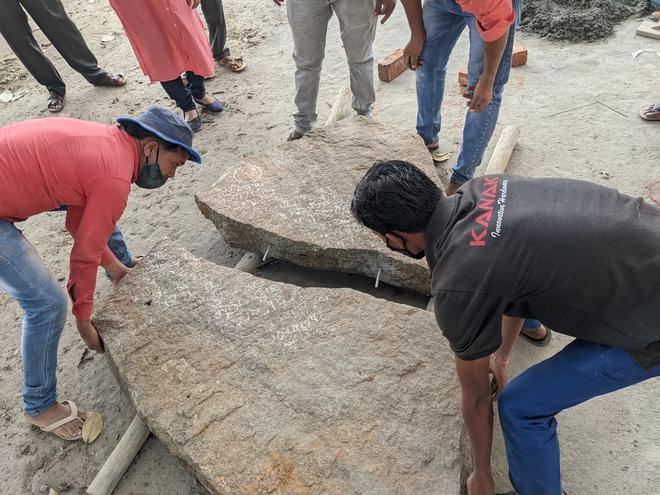
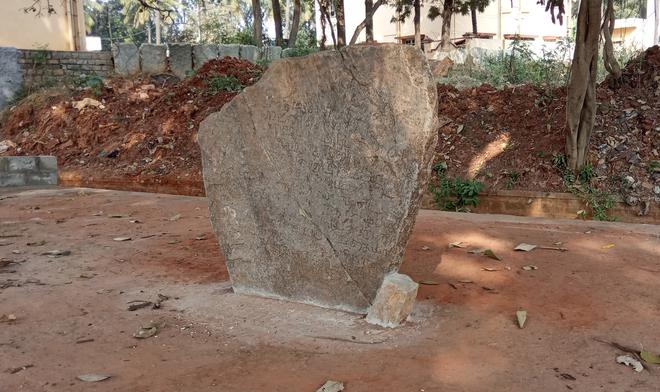
Kalya, Magadi taluk
A 1368 C.E. inscription referring to a conflict resolution issued by Bukkaraya, the Vijayanagar king, to resolve violent clashes between Sri Vaishnavas and Jains remained inside a farm at Kalya in Magadi taluk for several centuries. This piece is only among the two that has been documented so far, though Bukkaraya had ordered installation of such inscriptions in front of all temples and Basadis in his kingdom. With personal contribution from government officials, T. Pradeep and Bettaswamy Gowda, a beautiful platform for the inscription has been built in the farm land belonging to Shivalingaiah where it was found.
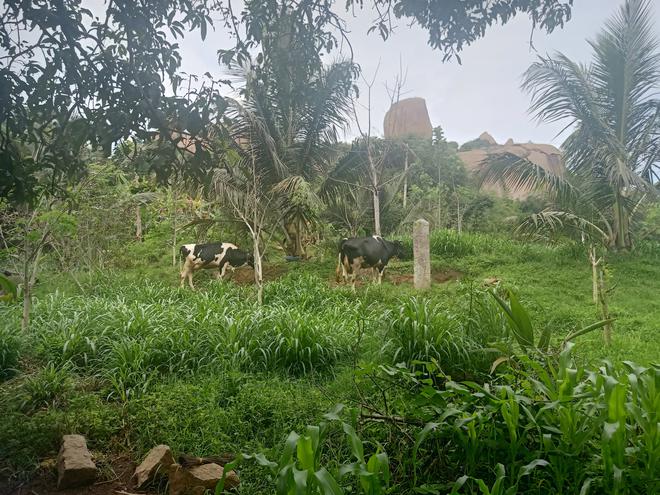
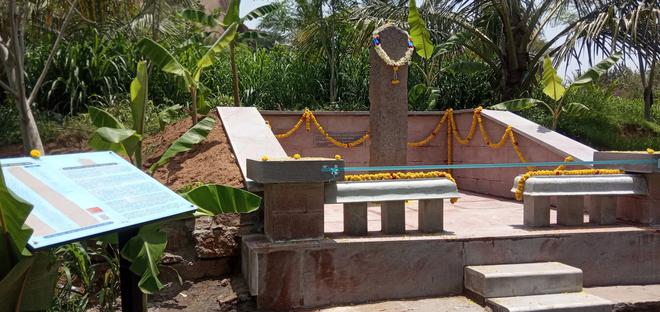
Singapura
In the 70s, when road was being laid in Singapura, a farmer who thought an undocumented 1528 C.E. stone inscription would be buried, and brought to his farm where it stood for nearly five decades. Villagers were aware of the inscription, and in 2021, with the help of locals, the inscription slab was moved to Varadaraja Swamy temple. The village wore a festive atmosphere when The Mythic Society released a volume of “Bengaluru Itihaasa Vaibhava” on Singapura to mark the installation of the stone inscription and the entire programme attended by over a thousands villagers was funded by the locals.
